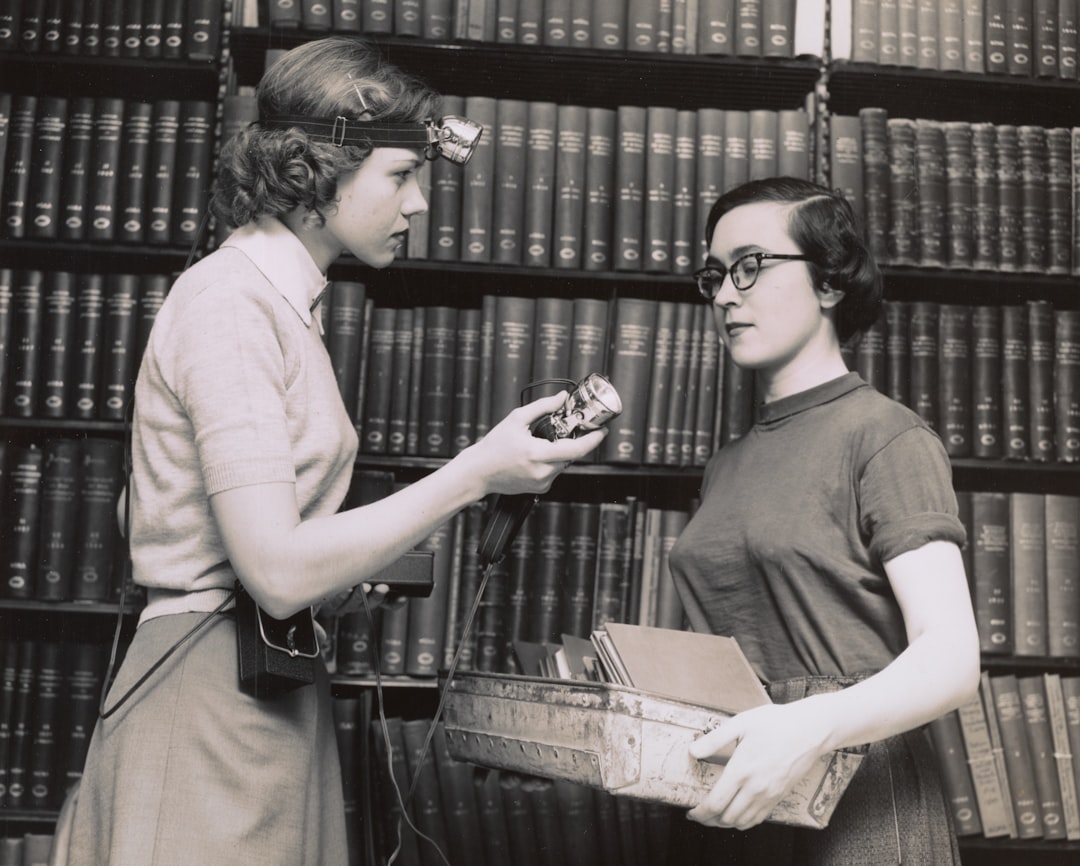How Civil Rights Shaped Modern U.S. Society

Introduction
The Civil Rights Movement, a pivotal era in American history, fundamentally transformed the social, political, and legal landscape of the United States. Spanning from the mid-1950s to the late 1960s, this movement sought to end racial segregation and discrimination against African Americans, securing legal recognition and federal protection of citizenship rights outlined in the Constitution. Its legacy continues to influence modern America, affecting various aspects of life from legislation to social norms.
Key Points
- Legal Reforms: The movement led to significant legislative changes, including the Civil Rights Act of 1964 and the Voting Rights Act of 1965, which dismantled institutionalized racial segregation and discrimination.
- Social Change: It fostered a greater awareness of racial issues and laid the groundwork for subsequent movements advocating for equality and justice.
- Economic Impact: The movement contributed to the gradual improvement of economic opportunities for African Americans, although disparities remain.
- Cultural Influence: It inspired a broader cultural shift towards diversity and inclusion, influencing art, education, and media.
- Ongoing Challenges: Despite progress, issues such as systemic racism and inequality persist, prompting continued activism and policy efforts.
Step-by-Step
- Understand the Historical Context: Familiarize yourself with the Jim Crow laws and the social conditions that necessitated the Civil Rights Movement. This background is crucial for understanding the movement's goals and achievements.
- Examine Key Legislation: Study the Civil Rights Act of 1964 and the Voting Rights Act of 1965. These laws were instrumental in outlawing discrimination and protecting voting rights, respectively.
- Analyze Social Changes: Observe how the movement changed public perceptions of race and equality. This includes shifts in attitudes towards interracial relationships, integration in schools, and workplace diversity.
- Evaluate Economic Progress: Look into the economic advancements made by African Americans post-movement, such as increased access to education and employment, while acknowledging ongoing disparities.
- Explore Cultural Shifts: Consider how the movement influenced American culture, from music and literature to television and film, promoting narratives of diversity and inclusion.
- Identify Ongoing Issues: Recognize the challenges that remain, such as racial profiling, voter suppression, and income inequality, and how they are being addressed today.
- Engage with Modern Activism: Investigate how contemporary movements like Black Lives Matter draw inspiration from the Civil Rights Movement, continuing the fight for racial justice.
Common Mistakes & Fixes
- Oversimplifying the Movement: Avoid reducing the Civil Rights Movement to a few key figures or events. Instead, acknowledge the diverse array of activists and strategies involved.
- Ignoring Intersectionality: Recognize that the movement also addressed issues of gender, class, and other forms of discrimination, not just race.
- Assuming Complete Resolution: Do not assume that the movement solved all racial issues. Acknowledge the progress made while recognizing the work that remains.
- Neglecting Modern Relevance: Connect historical events to current issues to illustrate the movement's lasting impact.
US Examples & Data
- Legislative Impact: The Civil Rights Act of 1964 and the Voting Rights Act of 1965 are landmark laws that continue to influence American legal frameworks. According to the U.S. Department of Justice, these acts have been pivotal in reducing racial discrimination in voting and public accommodations.
- Economic Data: The U.S. Census Bureau reports that the median income for African American households has increased since the 1960s, though it still lags behind that of white households, highlighting ongoing economic disparities.
- Educational Progress: Data from the National Center for Education Statistics shows significant increases in high school and college graduation rates among African Americans since the 1960s, reflecting improved educational opportunities.
- Cultural Representation: The movement has led to greater representation of African Americans in media and politics, with figures like Barack Obama and Kamala Harris achieving historic milestones.
Why It Matters
The Civil Rights Movement's impact is evident in the legal protections and social norms that define modern America. It laid the groundwork for subsequent movements advocating for equality across various dimensions, including gender, sexuality, and disability. Understanding this movement is crucial for comprehending the ongoing struggles for justice and equality in the United States. It serves as a reminder of the power of collective action and the importance of vigilance in protecting civil rights.
Sources
- U.S. Department of Justice - Civil Rights Division
- National Archives - Civil Rights Act of 1964
- U.S. Census Bureau - Income and Poverty in the United States
- National Center for Education Statistics
- Library of Congress - Civil Rights History Project
Related Topics
- The Role of Women in the Civil Rights Movement
- The Impact of the Voting Rights Act on American Politics
- The Evolution of Racial Equality in Education
- The Influence of the Civil Rights Movement on Global Human Rights
- Contemporary Civil Rights Issues in the United States
Up Next





